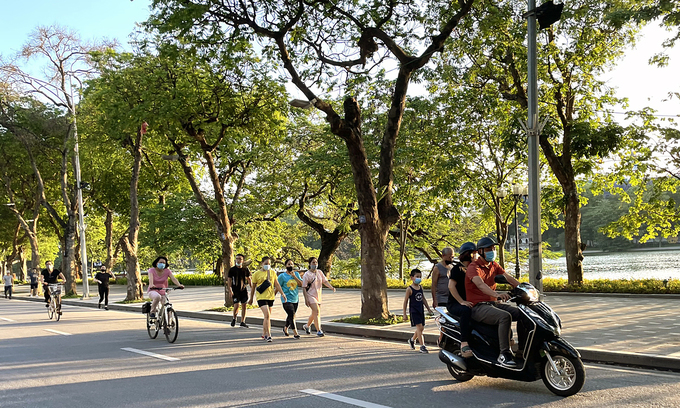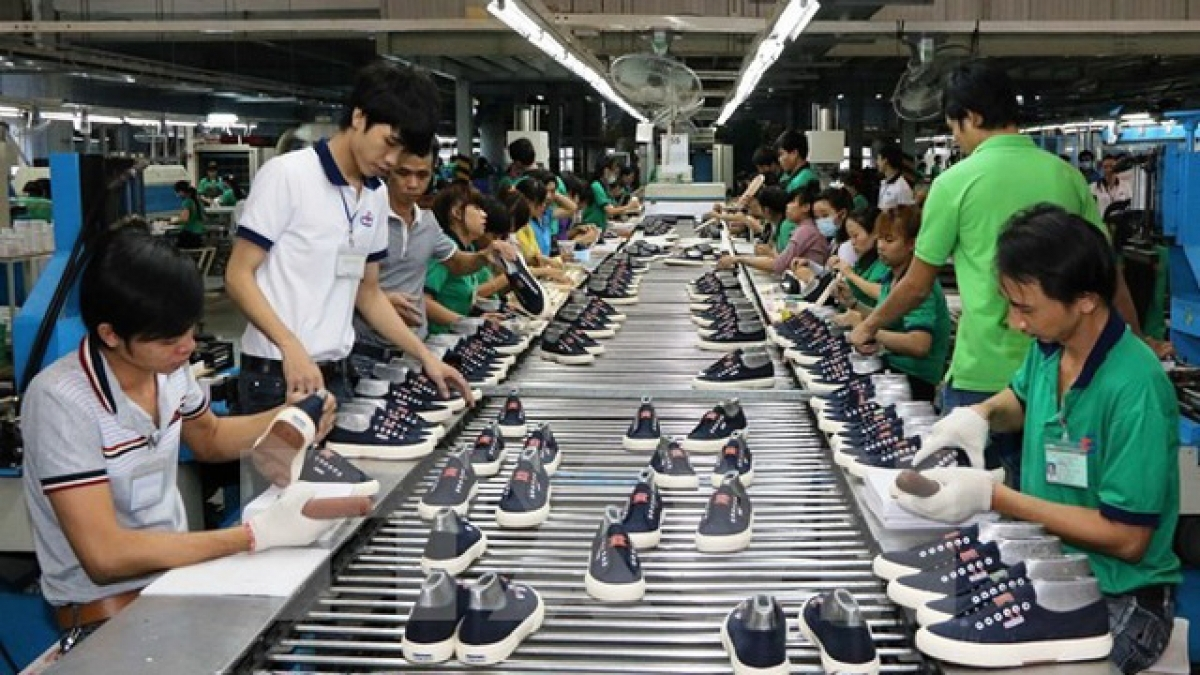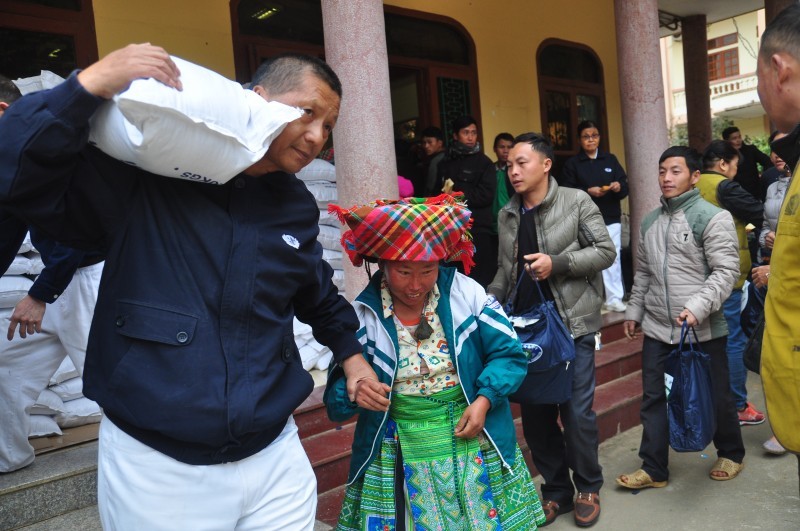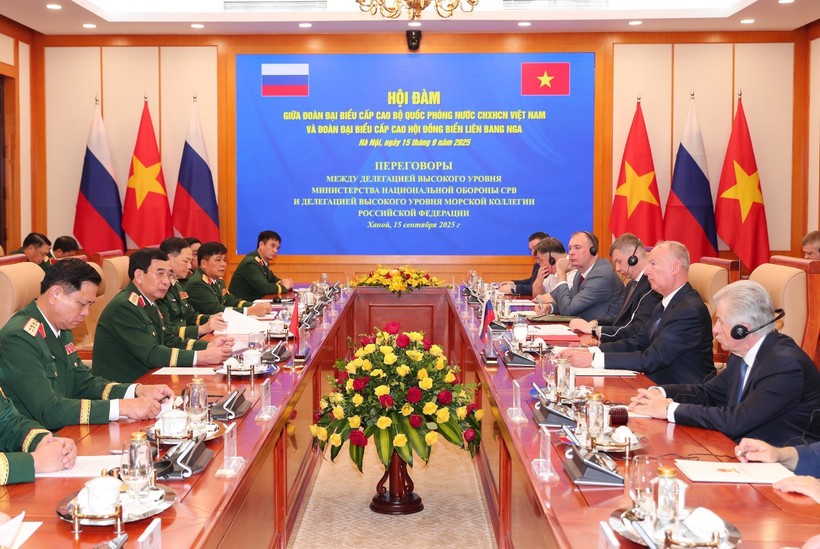Vietnam Sees Decline In Textile Orders
In April this year, Italian fast-fashion group Teddy began signing contracts to place orders with the HCMC-based MyOne Fashion Company, with their cooperation extending until the end of September 2021. However, while MyOne is ramping up efforts to complete orders that have already been signed, it has not made headway with several orders due to Covid-19 related complications in Vietnam.
Le Van Tam, director of MyOne Company, said, “It is impossible for the firm to complete orders signed this year in a timely manner, let alone securing new orders.”
Other businesses in the textile-garment industry are also facing similar problems.
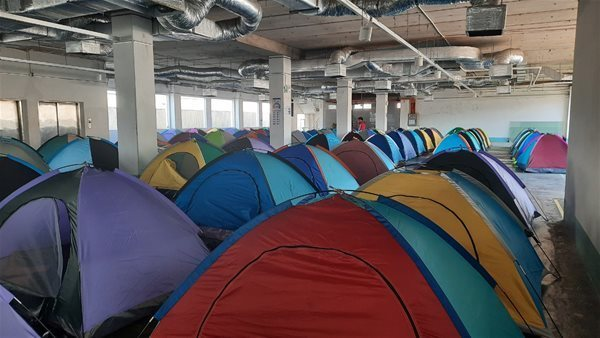 |
| Photo: Vietnamnet |
Pham Van Viet, board chairman of the Viet Thang Jean Company in HCMC, said that the stay-at-home mandate under the prime minister’s Directive 16 has significantly affected the firm’s operations.
During the social distancing period, the firm could arrange accommodation for only one-third of its 3,500 workers who were required to work, eat, and sleep at the firm as per the mandate. The firm’s output declined sharply and the productivity of its remaining workers also decreased due to their concern over the spread of Covid-19.
Many business partners of the Viet Thang Jean Company will only place orders once the firm commits that it will resume normal operations. However, since it is still difficult to determine exactly when this will happen, the firm has yet to sign any deal for new orders.
Commenting on the probable shift of orders from Vietnam to other countries, Vu Duc Giang, chairman of the Vietnam Textile and Apparel Association, said that the shift is likely to happen.
According to Giang, 97% of textile-garment makers in the southern localities had to suspend their operations due to the resurgence of the coronavirus, thus making it tough to commit to business partners and consequently, creating concerns among business partners about the disruption of their supply chain.
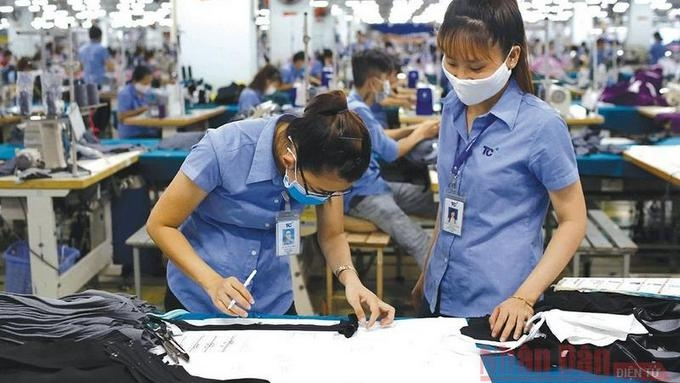 |
| extile and garment enterprises have singed orders until the end of third quarter. (Photo: NDO) |
Some international garment brands have also sought permission to make late payments in 2-3 months, or even six months. This is beyond the original financial plans of local textile and garment firms.
If local textile makers accept the request, they would face obstacles in rotating capital, as the access to long-term loans offered by local banks is currently challenging and risky. If they refuse the request for late payments, these brands would seek new business partners in other countries.
Giang said that the shift of orders to other countries is a temporary move. Once the pandemic is over, Vietnam will still be one of the best destinations for garment brands.
Textile and garment industry take advantage of opportunities as blockades liftedDue to the impact of the COVID-19 pandemic, many countries around the world applied blockades and social distancing as well as closed their borders to limit the spread of the epidemic. According to the General Department of Customs, the total export turnover of textiles and garments reached nearly US$9.7 billion in the first four months of the year, an increase of 10.7% over the same period last year. The United States continued to be the largest importer of Vietnam’s textile and garment products at US$4.7 billion during this period, a year-on-year increase of 18.7%, accounting for 48.7% the country's total export value of textiles and garments, followed by Japan at US$1.07 billion and the EU at US$942 million. Textile and garment enterprises have signed orders until the end of third quarter. Many units have signed contracts for orders until the end of the year and are entering into negotiations for 2022. This is considered a positive signal in the market, following more than one year of being “frozen” due to COVID-19 and also an “open” signal for businesses to boost exports, striving to achieve export turnover of US$39 billion. According to the US Department of Commerce, the country’s GDP growth reached 6.4% in the first quarter of this year (the biggest increase since 1984) and personal consumption increased by 10.7% - the second highest growth rate since 1960. The figure proves the increasing consumer demand. Similarly, the European Commission (EC) also revised the EU's GDP growth forecast to 4.3% in 2021 and 4.4% in 2022 as the region is on track to recover and accelerate consumer demand after a long time of blockades and consumption restrictions. It can be seen that the successes in COVID-19 control, along with the economic recovery of countries around the world, have created a great opportunity for domestic textile and garment enterprises to boost the production and exports of their products. However, it is not easy to do this in the context of businesses having to implement the "dual" goals of preventing and combating the COVID-19 pandemic while ensuring economic development. In the face of the complicated developments of the epidemic in the country, risks can occur at any time. When just one infection is detected, the whole factory will have to stop production, causing great damage to the enterprise. Therefore, they should flexibly and quickly adapt to market changes during and after epidemic outbreaks; proactively change production and business methods; promote appropriate technological innovation and digital transformation to take advantage of opportunities from new-generation free trade agreements. In addition, businesses have expressed their wishes that the Government should have prompt mechanisms and policies to support them or launch economic support packages suitable for each industry, especially for enterprises with a large number of employees and direct damage due to the pandemic. |
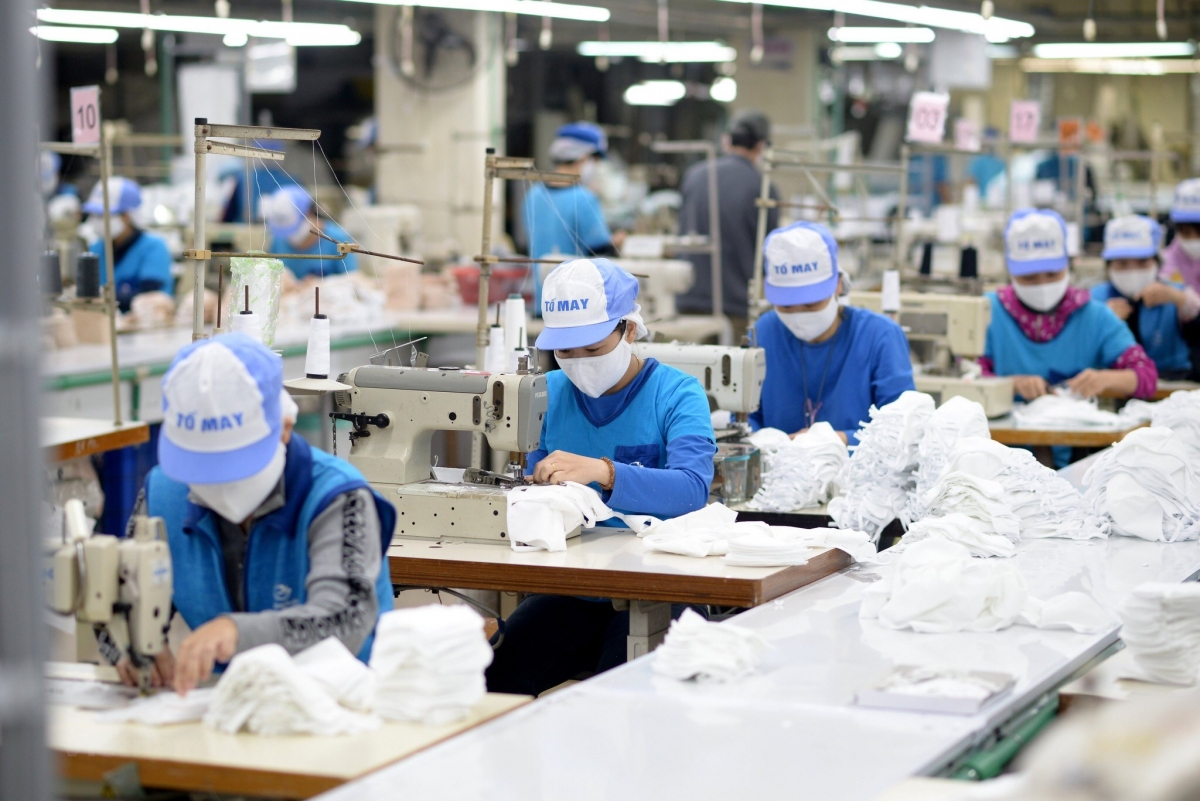 | Vietnam-Cambodia trade up 64 percent in two months Trade turnover between Vietnam and Cambodia exceeded US$1.33 billion in the first two months of this year, up 64 percent year-on-year. |
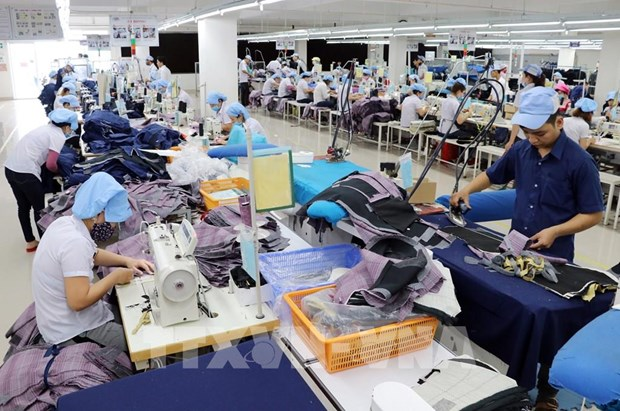 | Ministry: Garment exports to EAEU might have exceeded trigger level Some textile and garment items which are entitled to preferential tariffs in the Eurasian Economic Union (EAEU) under a bilateral free trade agreement exceeded the ... |
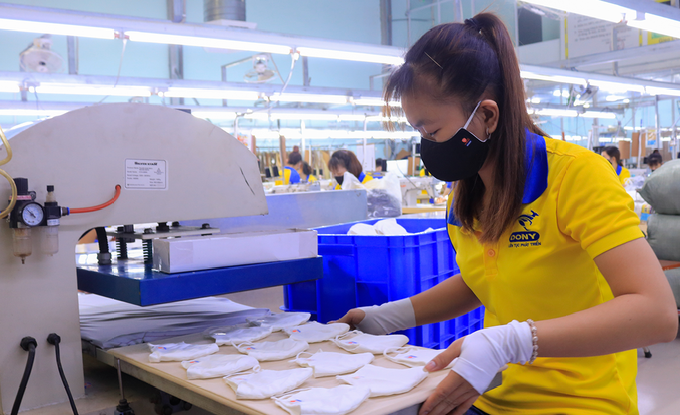 | Vietnam’s textile and garment exports hit US$2.6 bln in January Vietnam earned US$2.6 billion from exports of textiles and garments in January 2021, representing a 3.3% year-on-year increase, according to the Ministry of Industry and ... |

